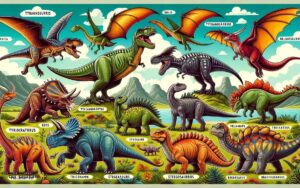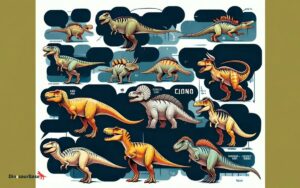Are Gallimimus Dinosaurs Swift Prehistoric Runners?
Gallimimus were dinosaurs that lived during the Late Cretaceous period. These creatures are recognized for their ostrich-like appearance.
The Gallimimus dinosaur belonged to the ornithomimid family, a group known for their speed and agility. With slender, elongated limbs and a lightweight build, they were adept at running swiftly across the prehistoric landscapes they inhabited. Their name, meaning “chicken mimic,” reflects their bird-like features, including a beak-like mouth without teeth.
Gallimimus roamed in what is now Mongolia, evidenced by fossil discoveries in the Gobi Desert. Their diet is still a subject of debate, as some suggest they were omnivores, while others argue they were herbivores. With a unique combination of speed, size, and diet, Gallimimus holds a distinct place in the fascinating world of dinosaurs.
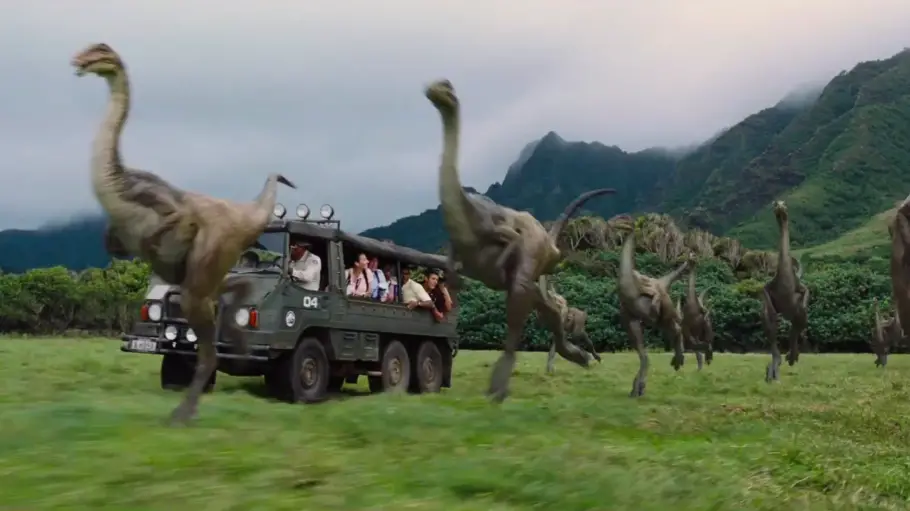
Gallimimus: The Speedster Of The Cretaceous
The Gallimimus, a name that means “chicken mimic”, dashes through our imaginations as one of the fastest dinosaurs that ever lived. These creatures once roamed the Earth during the late Cretaceous period. Their build and lifestyle suggest that they were the sprinters in their prehistoric landscapes, evoking images of them racing across the plains in what is now Mongolia.
Physical Adaptations For Speed
The Gallimimus was perfectly designed for speed. Its lightweight frame and long, powerful legs allowed it to move quickly. Here are some of its standout features:
- Hollow Bones: Like modern birds, their bones were hollow, reducing weight.
- Long Limbs: The legs stretched far behind their bodies, increasing stride length.
- Thin Tail: It used its tail as a counterbalance, increasing agility.
These adaptations helped the Gallimimus become one of the fastest dinosaurs.
Evidence From Fossilized Tracks
Scientists have discovered tracks that tell a story about the speed of Gallimimus. The key evidence includes:
- Track Length: Long distances between footprints show large strides.
- Footprint Depth: Shallow prints suggest a light-bodied creature.
- Track Patterns: A straight pattern indicates fast, focused movement.
The tracks support the idea that Gallimimus could outrun many of its contemporaries.
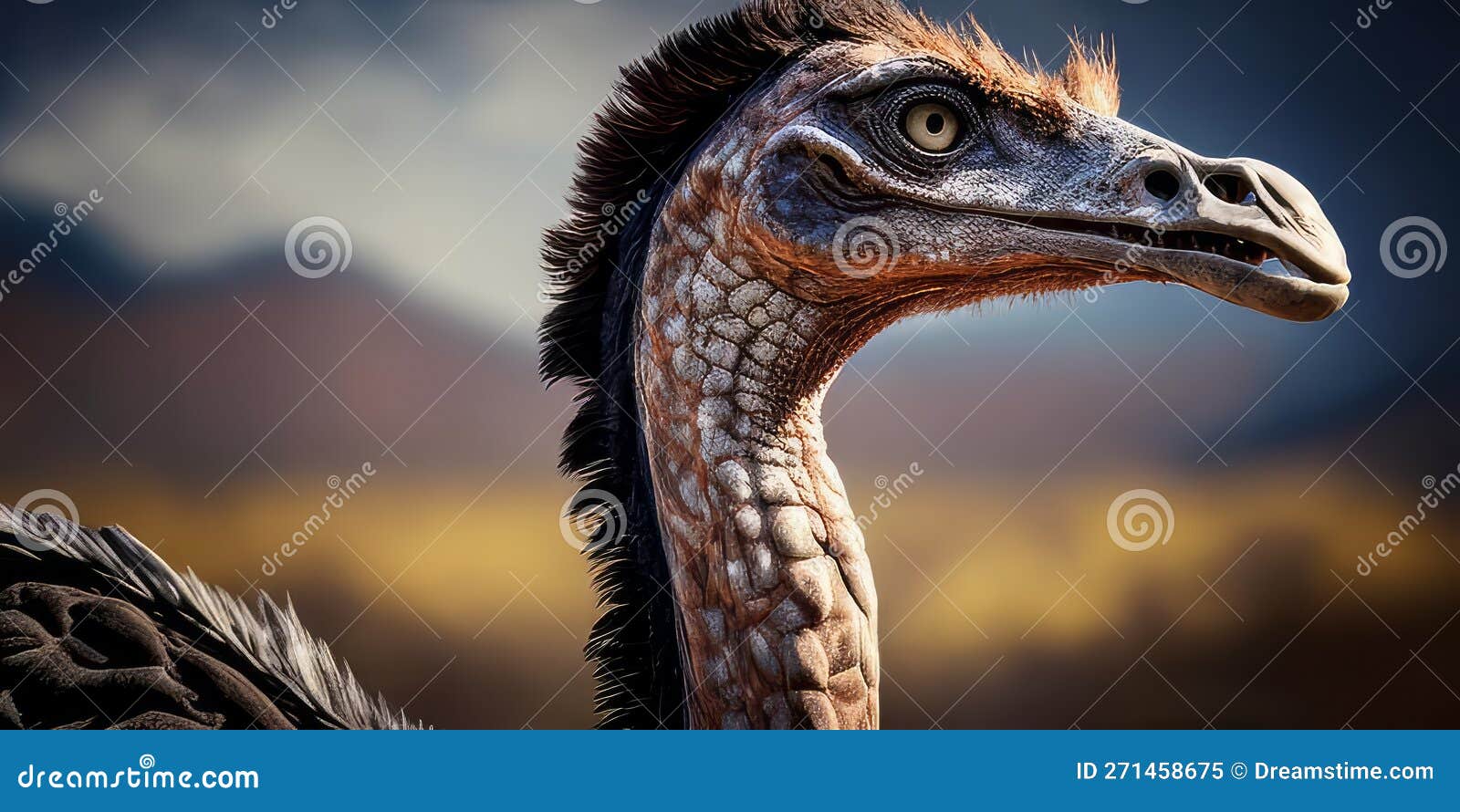
Credit: www.dreamstime.com
Analyzing The Anatomy Of Gallimimus
The Gallimimus, a dinosaur known for its intriguing features, roamed the Earth during the Late Cretaceous period. Its anatomy boasts distinctive traits that helped it survive in prehistoric ecosystems. Diving into the analysis of its skeletal structure reveals much about its lifestyle and abilities.
Long Limbs And Hollow Bones
The Gallimimus had remarkably long limbs and hollow bones, a duo that provided several advantages. This unique combination facilitated swift movements, allowing it to outrun predators and chase after prey with ease. Their body structure also points to a potential for considerable speed, rivaling that of modern-day ostriches.
- Legs: Adapted for sprinting, resembling those of modern birds.
- Arms: Slender and elongated, likely used for balance while running.
- Bones: Light and strong, optimizing for both agility and endurance.
Unique Muscular Structure
The muscular system of Gallimimus was another facet of its anatomy that demands attention. Strong muscles in the hind limbs propelled it forward with significant force. The tail muscles also contributed to its agility, acting as a rudder for sharp turns and maneuverability.
| Muscle Group | Function |
|---|---|
| Hind Limbs: | Provided thrust and speed. |
| Tail: | Assisted in changing direction quickly. |
Comparative Speed: Gallimimus Vs. Other Dinosaurs
In the age of the dinosaurs, speed was survival. Gallimimus, a name meaning “chicken mimic”, was among the swift creatures of the Cretaceous period. Let’s uncover how this fleet-footed dinosaur measured up against its contemporaries.
Speed Estimates From Bone Structure
Scientists can guess how fast a dinosaur ran by looking at its bones. Gallimimus had long legs, hinting at great speed. Its lightweight build and hollow bones are much like modern birds.
| Dinosaur | Leg Structure | Possible Speed (mph) |
|---|---|---|
| Gallimimus | Long & slender | 31-43 |
| Velociraptor | Strong & curved | 24-40 |
| Tyrannosaurus Rex | Large & powerful | 11-17 |
Competitors In The Cretaceous Landscape
Gallimimus wasn’t alone in the need for speed. Cretaceous plains were a race track for many dinosaurs. Below are some notable competitors:
- Velociraptor: Known for its agility and quick bursts.
- Ornithomimus: Similar in build to Gallimimus, a likely rival.
- Tyrannosaurus Rex: Though slower, it was a top predator.
In a head-to-head race, Gallimimus’s speed often gave it the edge needed to escape larger predators or to hunt down its own prey.
Credit: kinnu.xyz
The Role Of Speed In Gallimimus Survival
The Gallimimus, a genus of ornithomimid dinosaurs that roamed our planet during the Cretaceous period, possessed a remarkable trait that played a crucial role in their survival: speed. Let’s delve into how this swift runner used its velocity advantage in the wild.
Escape Tactics From Predators
The Gallimimus had to be quick on its feet. With predators like the fearsome Tyrannosaurus rex, speed was a crucial defense mechanism. Its long legs allowed the Gallimimus to reach high speeds, making it a challenging target for any predator.
- Speedy Sprinters: When faced with danger, they could sprint away in a flash.
- Zigzag Running: Their ability to rapidly change direction helped them dodge attacks.
- Safety in Numbers: Moving in groups, they reduced their chances of being caught.
Hunting And Foraging Strategies
Gallimimus utilized their speed for more than just escaping predators. Their fast-paced lifestyle was also critical during food gathering.
| Strategy | Benefits |
|---|---|
| Quick Foraging | They covered large areas efficiently, finding various food sources. |
| Fast Reflexes | Allowed them to catch insects or small animals with precision. |
With speed as their ally, the Gallimimus thrived in their Cretaceous environment. Whether outmaneuvering predators or snapping up a meal, their quickness was key to their way of life.
Modern Descendants And Running Capabilities
The Gallimimus dinosaur, with its lithe form and long legs, suggests a life built for speed. Scientists often compare these ancient runners to modern species. Looking at their descendants, we see a fascinating story of evolution. Specifically, we delve into how these prehistoric creatures connect with birds today. Their remarkable running capabilities deserve attention as well.
The Link With Birds
Birds are the closest living relatives to dinosaurs like Gallimimus. Traits found in birds, such as hollow bones and three-toed limbs, were also seen in these dinosaurs. This suggests a deep evolutionary connection. Modern birds’ movements and behaviors may hint at how Gallimimus once lived.
- Feathers: Evidence supports that some dinosaurs had feathers. Similar to birds today.
- Warm-bloodedness: Like birds, these dinosaurs may have been warm-blooded, aiding their active lifestyle.
- Nests: Fossilized nests point to bird-like brooding behaviors in some dinosaur species.
Bipedalism: From Dinosaurs To Ostriches
The running talent of Gallimimus was remarkable. With two strong hind legs, they ran like modern ostriches. This mode of movement is called bipedalism. Ostriches are the fastest runners on two legs today. Their speed highlights the efficiency of this adaptation over millions of years.
| Feature | Gallimimus | Ostrich |
|---|---|---|
| Bipedal | Yes | Yes |
| Speed | Fast | Fastest bird |
| Adaptations | Long legs, strong muscles | Long legs, strong muscles |
This connection gives insight into the past. It helps us understand how the ability to run developed. Ostriches show us a living example of what Gallimimus may have been like.
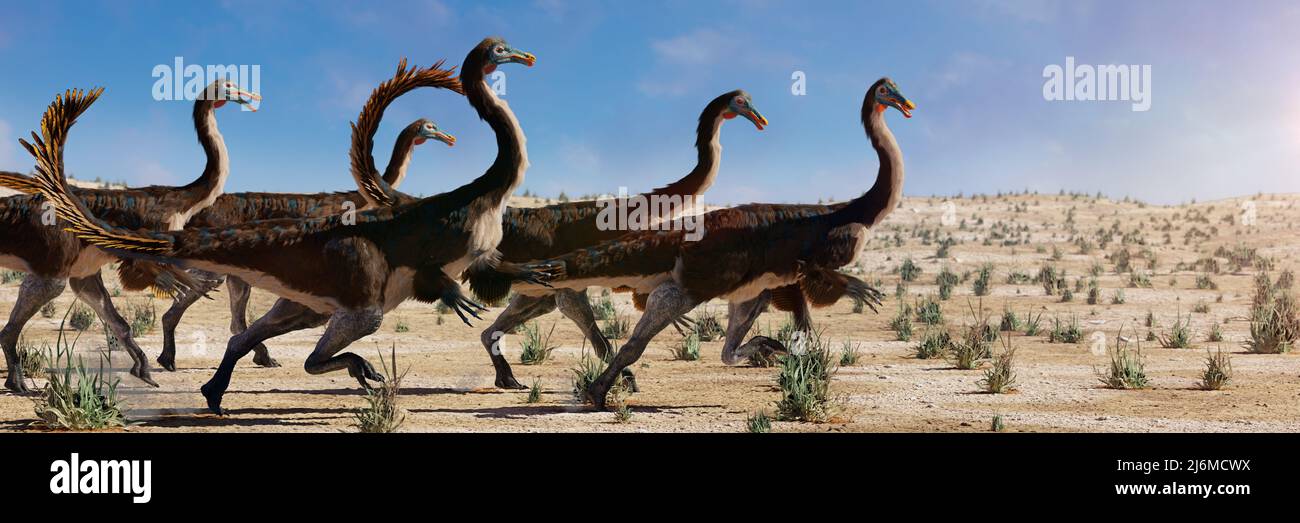
Credit: www.alamy.com
Frequently Asked Questions On Are Gallimimus Dinosaur
Was Gallimimus The Fastest Dinosaur?
Gallimimus, famed for its speed, was one of the fastest dinosaurs, but not definitively the fastest. The Ornithomimus might have rivaled its pace.
What Family Is The Gallimimus In?
Gallimimus belongs to the Ornithomimidae family, a group of ostrich-like dinosaurs known for their speed and agility.
Is A Gallimimus A Raptor?
No, a Gallimimus is not a raptor. It belongs to the Ornithomimidae family, known for its ostrich-like appearance, unlike the predatory raptor dinosaurs.
When Did The Gallimimus Become Extinct?
The Gallimimus, a dinosaur species, became extinct approximately 66 million years ago at the end of the Cretaceous period.
Conclusion
Exploring the realm of Gallimimus has been a journey through prehistoric times. These dinosaurs once roamed the earth, displaying unique traits that capture our imagination. Remember, while they may not be the starring giants of the Mesozoic era, their role in our understanding of the past is undeniable.
Let’s continue to unearth the secrets of these incredible creatures and share in the wonder of our planet’s history.


